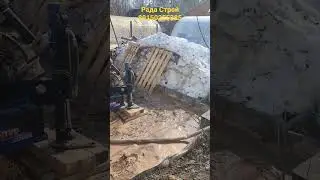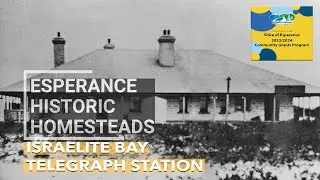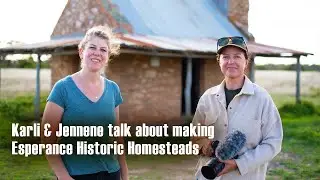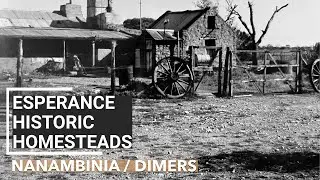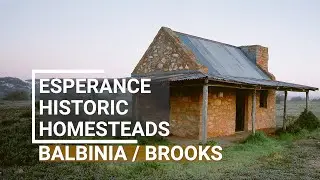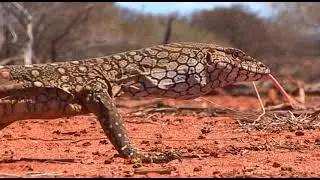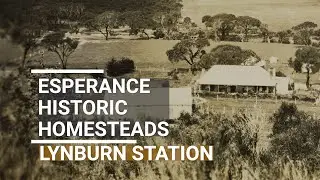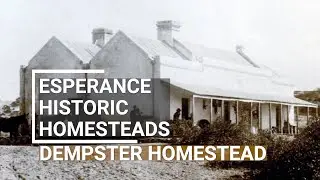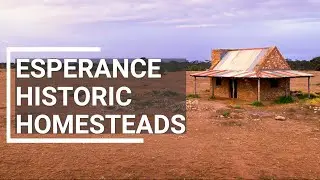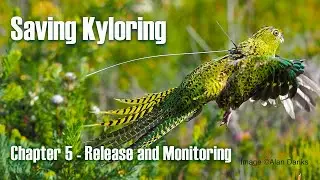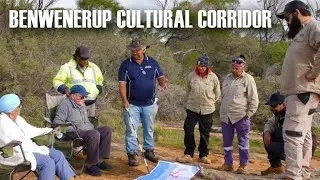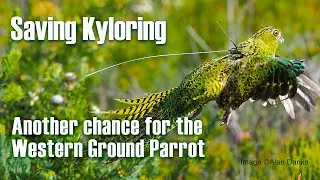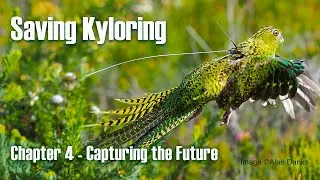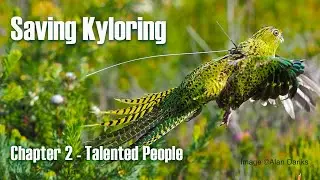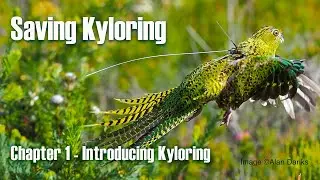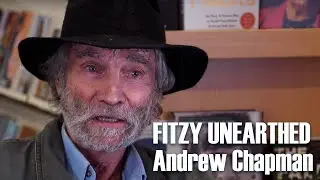Dempster Homestead - Ep 1
This is the first episode of the Esperance Historic Homesteads documentary series, and tells the story of the beautiful Dempster Homestead and the people who've lived and worked there over the past 150 years.
Dempster Homestead is the oldest building in the Esperance region. It was built by the Dempster brothers, who first came to Esperance Bay in 1863. The land in this area was already home to the Wudjari Nyungar people for thousands of years before their arrival.
The Dempster family came from Northam, where they lived on a property called Buckland Estate. James McLean Dempster and his wife, Ann Dempster, had four sons, James, Charles (called Edward, his middle name), Andrew, and William, and three daughters, Annie, Jane, and Marion. When the four sons were old enough, they formed a partnership and began to look for land that they could lease to expand the family’s farmland. At the time, the Colonial government was offering very generous land leases to the east of present-day Munglinup.
After an exploratory journey in 1863, the Dempster brothers leased some land at Esperance Bay. They bought sheep, cattle, pigs, and horses overland from Northam to their new landholdings. Work began on the first section of the homestead in 1867.
That same year, Andrew married Emily Marsden, and they moved into the homestead. Their first child, James Maclean (named after his grandfather) was born in 1868 at the homestead. The brothers cut a track through to Fraser Range, where they leased more land, and dug wells and dams there. The colonial government rewarded them with a grant of freehold land at Fraser Range.
By 1873, the Dempsters employed eight shepherds to tend their sheep, including Benjamin Hannett and Laurence Sinclair. They also employed around 25 Wudjari people as shepherds and workers around the homestead and on their Fraser Range runs. Indigenous workers and trackers played a vital role in the Dempsters’ pastoral success. They helped the new arrivals find water and good grazing land for their stock.
Every year, a shearing party would be sent down from Buckland, bringing with them letters and supplies. The shepherds would come in from the outstations, and there would be a great atmosphere at the homestead, as letters from family members were read, and workers caught up with each other.
In 1888, Emily became very sick. With no doctor available in Esperance, and no ships expected for many weeks, Andrew took Emily overland to Northam travelling by horse and buggy. The journey took 21 days, through heavy rain and boggy tracks. When they arrived, a doctor was summoned, and he operated on Emily. Despite this, she died soon afterwards. She was only 48 years old.
After Emily’s death, Andrew stayed at Esperance for another year, then moved to a farm near Northam, named Muresk. Andrew’s two oldest sons, James and William, were left to run the station until a new manager could be found. In 1890, Henry and Emma Bostock moved in as the new managers.
In 1892, gold was discovered near present-day Coolgardie. This sparked a huge rush, with people travelling to the gold fields. As Esperance was the closest port to the gold fields, miners arrived in their hundreds by boat, and often slept on the seaweed on the beach, because there was not enough accommodation for them in town. This very quickly transformed the area, and soon, hotels and stores sprang up to cater for the miners. On the 15th of December 1893, Esperance was gazetted as a town. The gold rush meant the Dempsters lost a lot of their shepherds. When wool prices dropped, and some of their leases were taken back, the station became less profitable. By the 1930s, Dempster Homestead was abandoned, and the Roads Board took it over due to non-payment of rates.
In 1938, the 8 acre property on Dempster Street, along with the homestead building, was sold to Mr Stevens from Kalgoorlie for £132. Stevens turned the homestead into 10 ‘flats' and rented out rooms to holiday makers from Kalgoorlie, who called the property ‘Stevens’ Flats’.
By the 1960s, the homestead had once again fallen into disrepair. In 1966, politician David Wordsworth and his wife Marie-Louise purchased the homestead. They renovated the building extensively, saving it from deteriorating further. The building is now owned by local farmers Tom and Victoria Brown.
#history #heritage #documentary
